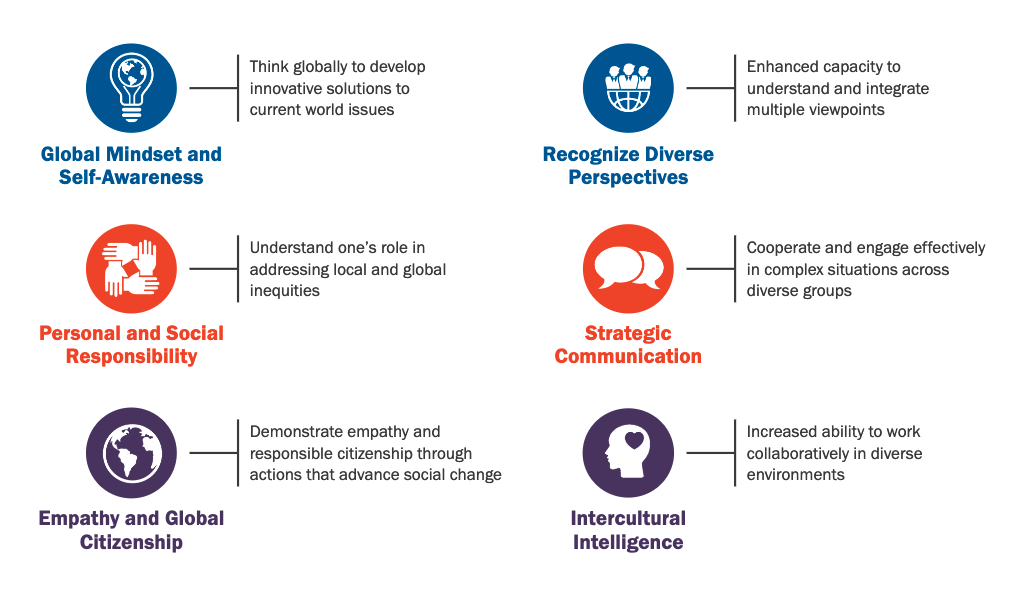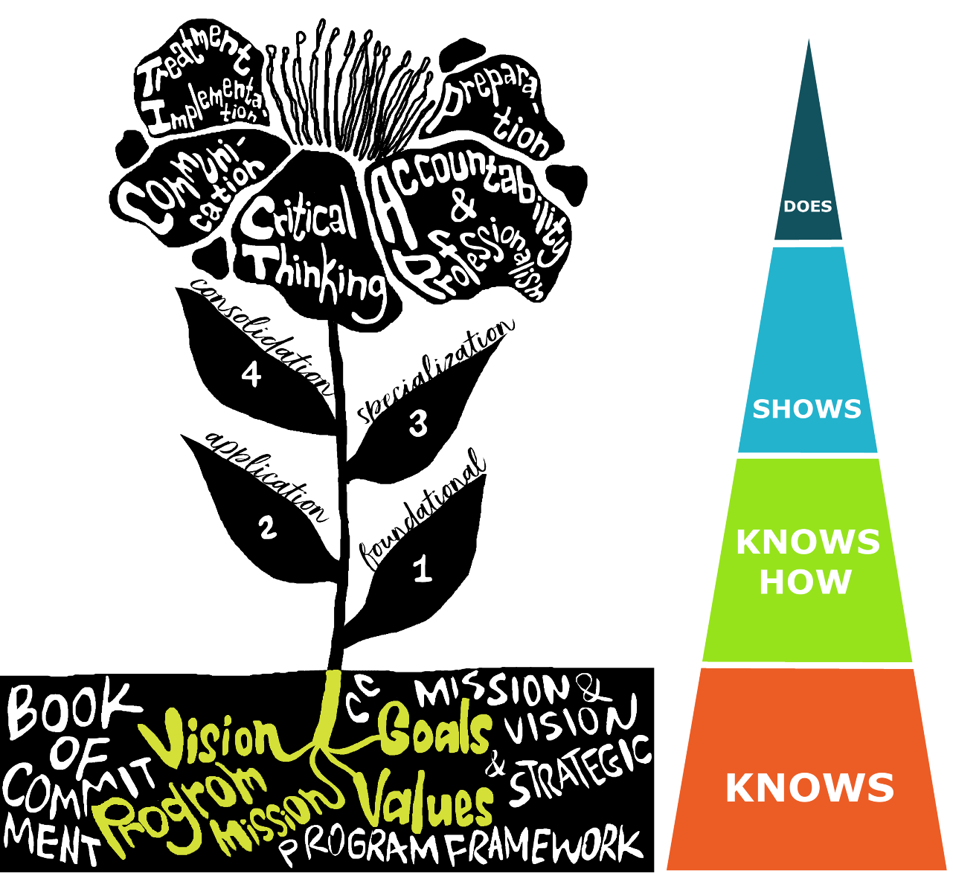Program Learning Outcomes and Curriculum
Your program curriculum is designed to ensure graduates acquire the essential skills, knowledge, and attitudes appropriate and relevant to both the needs of students and employers.
Program Vocational Learning Outcomes
Program vocational learning outcomes describe what graduates of the program have demonstrated they can do with the knowledge and skills they have achieved during their studies. The outcomes are closely tied to the needs of the workplace. Through assessment (e.g., assignments and tests), students verify their ability to reliably perform these outcomes before graduating.
As a graduate of the OTA & PTA program, you’ll achieve vocational learning outcomes by demonstrating the ability to:
- Communicate appropriately and effectively, through verbal, nonverbal, written and electronic means, with clients, their significant others, occupational therapists, physiotherapists, and members of the interdisciplinary health care team and others.
- Participate in the effective functioning of interdisciplinary health care teams to optimize client physical and occupational functions.
- Establish, develop, maintain, and conclude client-centred, therapeutic relationships.
- Promote a safe environment that prevents or minimizes potential physical or mental harm to the client, therapist assistant and others.
- Practice in a legal, ethical, and professional manner within the role of a therapist assistant.
- Document client records in a thorough, objective, accurate, and timely manner within the role of the therapist assistant.
- Engage in reflective practice and ongoing professional development activities to maintain and enhance competence.
- Perform the roles and responsibilities of the therapist assistant effectively through the application of relevant knowledge of health sciences, psychosocial sciences, health conditions, resource management, and clinical procedures.
- Contribute to the occupational therapist’s or physiotherapist’s assessment of the client and the development, implementation and modification of intervention/treatment plans.
- Maximize the client’s occupational performance by accurately and safely implementing the interventions, and related tasks under the direction and supervision of the occupational therapist.
- Maximize the client’s physical function by accurately and safely implementing the interventions, and related tasks under the direction and supervision of the physiotherapist.
Note: The vocational learning outcomes have been numbered as a point of reference; numbering does not imply prioritization, sequencing, nor weighting of significance.
Essential Employability Skills Outcomes
Essential Employable Skills (EES) are skills that, regardless of a student’s program or discipline, are critical for success in the workplace, in day-to-day living, and for lifelong learning. Graduates will reliably demonstrate abilities in six skill categories:
Global Citizenship and Equity Learning Outcomes
There are six Global Citizenship and Equity (GCE) learning outcomes integrated into Diploma and Advanced Diploma programs as a component of Centennial’s Signature Learning Experience (SLE). The SLE reflects the College’s promise to provide students with a distinctive and inclusive educational experience that builds on a foundation of global citizenship, equity, and social justice. Certificate and Graduate Certificates also include at least two GCE learning outcomes. The GCE learning outcomes are:
- Identify one’s role and responsibilities as a global citizen in personal and professional life.
- Identify beliefs, values and behaviours that form individual and community identities and the basis for respectful relationships.
- Analyze issues of equity at the personal, professional, and global level.
- Analyze the use of the world’s resources to achieve sustainability and equitable distribution at the personal, professional, and global level.
- Identify and challenge unjust practices in local and global systems.
- Support personal and social responsibility initiatives at the local, national, and global level.
Global Citizenship and Equity Portfolio
As a component of the SLE, Diploma and Advanced Diploma program students will complete the Global Citizenship and Equity (GCE) Portfolio. Building the GCE Portfolio is a process of documenting your GCE learning. Each item selected for inclusion in the portfolio demonstrates growth and understanding of Global Citizenship and Equity within your program of study.

Students are encouraged to develop their GCE Portfolio beginning in their first semester. You will add artifacts from coursework and accompanying reflections as well as artifacts arising from co-curricular activities, volunteering, etc. to your portfolio as you progress through the program. You are encouraged to use the ePortfolio tools available on eCentennial, as well as to develop an online professional portfolio presence through LinkedIn and/or other personal websites/blogs.
OTA & PTA Program Curriculum Frameworks

Students start their journey and development from the ground upwards
Step 1: OTA and PTA curriculum is rooted by our program goals, vision and values. The earth represents Centennial College’s Book of Commitments, mission, vision and academic plan and the Ministry of Advanced Education and Skills standard, and provides the foundation for the curriculum.
Step 2: Each leaf represents a semester of the program. As the student grows and progresses through the semesters, knowledge is scaffolded, with each semester building upon the next. Semester 1 includes foundational and introductory courses and application to OTA&PTA roles and responsibilities. Semesters 2 and 3 exposes students to pathology and conditions, building in complexity, specialization, and role delineation of OT, PT, OTA & PTA. Semester 4 consolidates learning by “putting it all together”.
Step 3: As he stem growths throughout the semesters, the student progresses through the levels of Miller’s Pyramid of Clinical Competency -Knows, Knows How, Shows and Does. There are key learning objectives that are threaded throughout the program such as the New Essential Skills and Global Citizenship and Equity. These key concepts are dynamic in a changing environment.
Step 4: Each petal of the flower represents an OTA & PTA competency and development towards work readiness. Once students graduate, seeds are created and can spread new ideas and create more new learning experiences. Graduates are expected to give back to their profession and community as advocates and global citizens.
Mission Statement
To facilitate learnign and growth of our diverse students into highly skilled, client-centered, and reflective rehabilitation practitioners. By providing current theoretical knowledge and practical experiences, students will become compassionate leaders who excel in the dynamic healthcare field.
Vision Statement
Improving people’s quality of life by training capable healthcare professionals.

